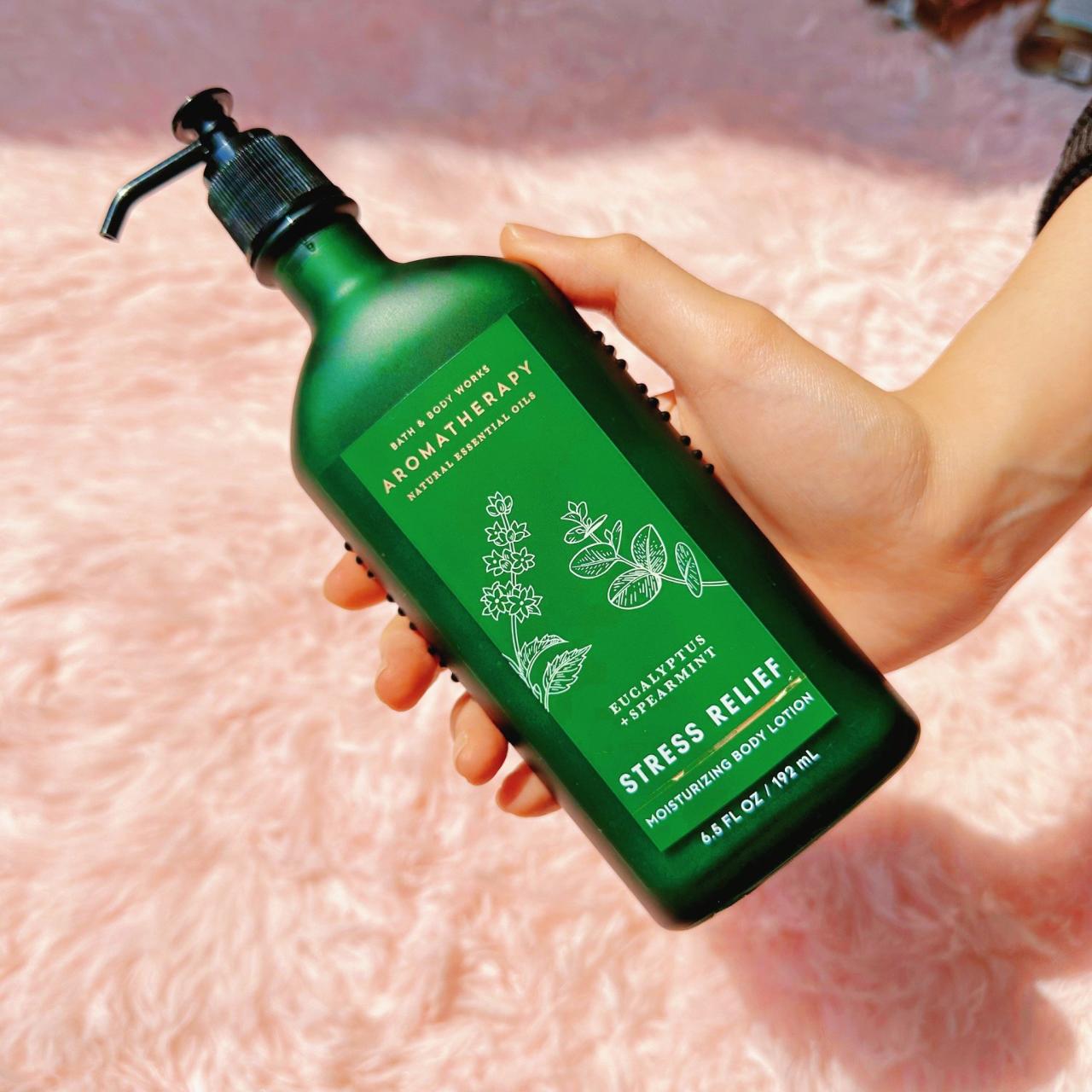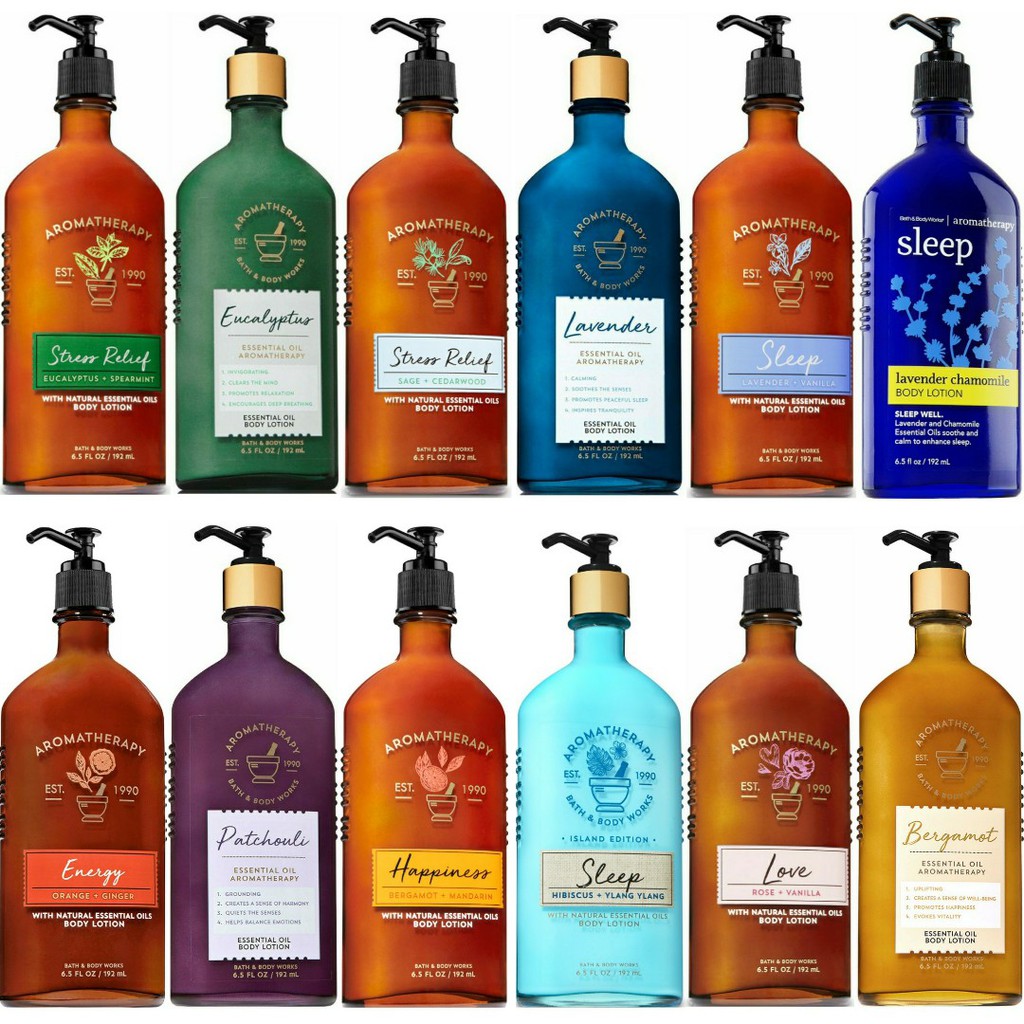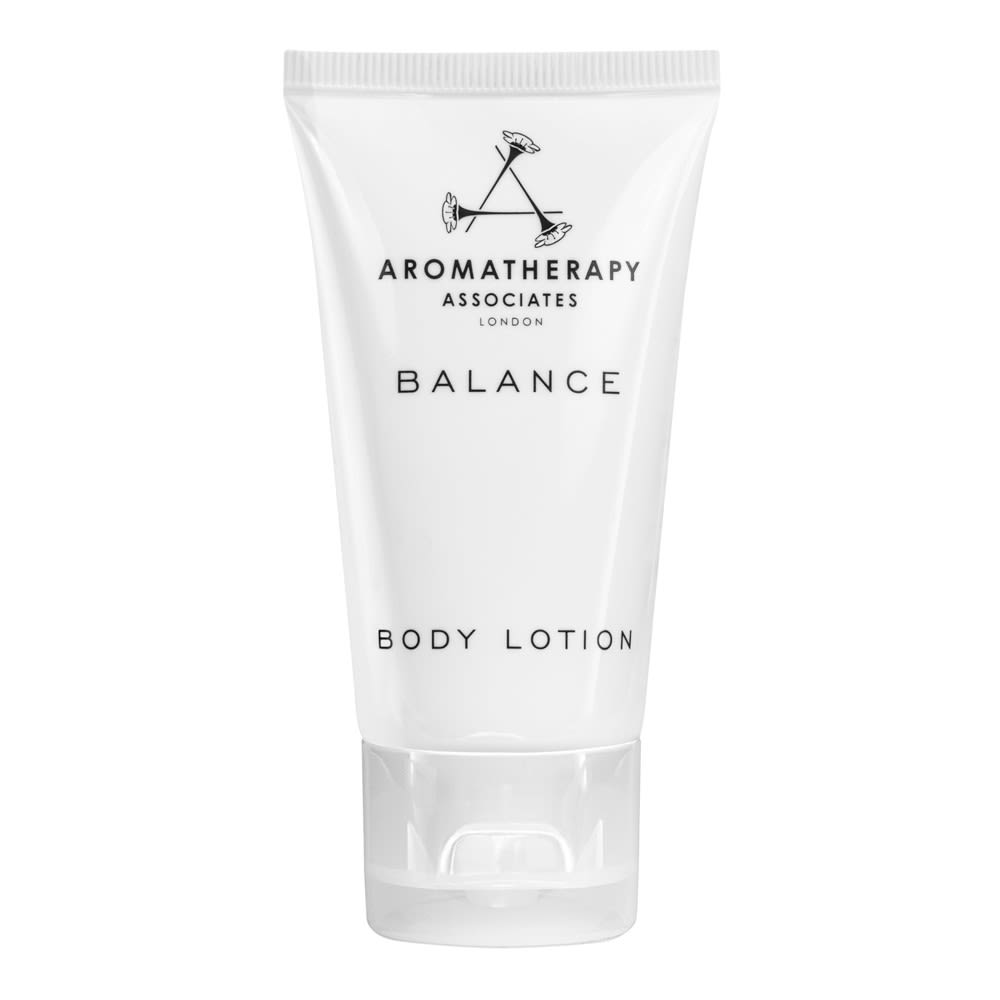As aromatherapy body lotions take center stage, this opening passage beckons readers into a world crafted with good knowledge, ensuring a reading experience that is both absorbing and distinctly original. Immerse yourself in the therapeutic realm of aromatherapy body lotions, where the power of essential oils blends harmoniously with nourishing skin care.
Prepare to discover the myriad benefits, explore the diverse types, and unravel the secrets of crafting your own personalized aromatherapy body lotion.
The content of the second paragraph that provides descriptive and clear information about the topic
Benefits of Aromatherapy Body Lotion

Aromatherapy body lotions combine the therapeutic benefits of essential oils with the moisturizing properties of a lotion, offering a holistic approach to skincare. These lotions harness the power of aromatic compounds to enhance relaxation, promote sleep, alleviate stress, and improve skin health.
Essential Oils Commonly Used in Aromatherapy Body Lotions
- Lavender:Known for its calming and relaxing effects, lavender oil promotes restful sleep and reduces anxiety.
- Chamomile:With anti-inflammatory and soothing properties, chamomile oil calms irritated skin and relieves muscle tension.
- Peppermint:Invigorating and stimulating, peppermint oil enhances alertness, reduces headaches, and promotes circulation.
- Eucalyptus:Expectorant and decongestant, eucalyptus oil helps clear respiratory congestion and promotes relaxation.
- Tea Tree:Antibacterial and antifungal, tea tree oil helps combat acne, reduce inflammation, and soothe skin irritation.
Potential Risks and Contraindications
While aromatherapy body lotions are generally safe for topical use, certain precautions should be taken:
- Skin Sensitivity:Some essential oils can cause skin irritation or allergic reactions in sensitive individuals. Always test a small amount on a patch of skin before applying it to a larger area.
- Pregnancy and Breastfeeding:Certain essential oils, such as clary sage and rosemary, should be avoided during pregnancy and breastfeeding.
- Medical Conditions:If you have any underlying medical conditions, consult with your healthcare provider before using aromatherapy body lotions.
Types of Aromatherapy Body Lotions

Aromatherapy body lotions come in various forms, each designed to address specific skin concerns and preferences. Understanding the different types can help you choose the most suitable lotion for your individual needs.
Aromatherapy body lotions can be categorized based on their ingredients and target areas:
Ingredients
- Essential Oils:Pure plant extracts that provide therapeutic benefits through their aroma and skin absorption.
- Carrier Oils:Plant-based oils like jojoba, almond, or coconut oil that dilute essential oils and enhance their absorption.
- Emollients:Ingredients like shea butter or beeswax that soften and hydrate the skin.
- Moisturizers:Humectants like hyaluronic acid or glycerin that draw moisture into the skin.
Target Areas
- Dry Skin:Lotions rich in emollients and humectants to replenish moisture and prevent dryness.
- Sensitive Skin:Hypoallergenic lotions free from irritants and fragrances, designed to soothe and calm.
- Anti-Aging:Lotions containing antioxidants and vitamins to protect the skin from environmental damage and promote a youthful appearance.
- Muscle Relief:Lotions infused with pain-relieving essential oils like peppermint or eucalyptus to alleviate muscle tension.
- Sleep Aid:Lotions with calming scents like lavender or chamomile to promote relaxation and restful sleep.
Ingredients and Formulation
Aromatherapy body lotions are formulated using a combination of natural ingredients, each with its own unique properties and benefits. Understanding the key ingredients and their functions is essential for creating effective and safe aromatherapy body lotions.
The primary ingredients in aromatherapy body lotions include:
Carrier Oils
Carrier oils are the base of aromatherapy body lotions and serve to dilute essential oils, making them safe for topical application. They provide nourishment and hydration to the skin and help essential oils penetrate deeper into the skin.
Common carrier oils used in aromatherapy body lotions include:
- Jojoba oil
- Coconut oil
- Sweet almond oil
- Avocado oil
- Sunflower oil
Essential Oils
Essential oils are the aromatic compounds extracted from plants that provide the therapeutic benefits of aromatherapy. They are highly concentrated and must be diluted in a carrier oil before applying them to the skin.
Essential oils commonly used in aromatherapy body lotions include:
- Lavender oil: Relaxing, calming, and promotes sleep
- Peppermint oil: Invigorating, stimulating, and relieves muscle pain
- Eucalyptus oil: Decongestant, expectorant, and helps with respiratory issues
- Tea tree oil: Antibacterial, antifungal, and helps with skin infections
- Chamomile oil: Soothing, anti-inflammatory, and helps with skin irritation
Emulsifiers
Emulsifiers are substances that help blend the water and oil components of aromatherapy body lotions, creating a smooth and stable emulsion. Without emulsifiers, the lotion would separate into its individual components.
Common emulsifiers used in aromatherapy body lotions include:
- Polysorbate 80
- Glyceryl stearate
- Cetearyl alcohol
Preservatives
Preservatives are essential for extending the shelf life of aromatherapy body lotions and preventing bacterial growth. They help maintain the product’s integrity and prevent spoilage.
Common preservatives used in aromatherapy body lotions include:
- Vitamin E
- Sodium benzoate
- Potassium sorbate
Step-by-Step Guide to Creating a Basic Aromatherapy Body Lotion at Home
Creating an aromatherapy body lotion at home is a simple and rewarding process. Follow these steps to make your own:
- Gather your ingredients: carrier oil, essential oil, emulsifier, preservative (optional)
- Combine 1 cup of carrier oil and 10-15 drops of essential oil in a bowl
- Add 1 tablespoon of emulsifier and stir until well combined
- If desired, add a few drops of preservative and stir
- Transfer the mixture to a jar or bottle and store it in a cool, dark place
Your homemade aromatherapy body lotion is now ready to use. Enjoy its therapeutic benefits and nourish your skin with natural ingredients.
Applications and Uses
Aromatherapy body lotions offer a multifaceted approach to skincare, relaxation, and well-being. Here’s how to harness their benefits:
Application Methods
- Massage:Gently massage the lotion into your skin in circular motions to enhance absorption and stimulate blood circulation.
- Bath additive:Add a few drops of lotion to a warm bath for a relaxing and aromatic experience.
- After-shower moisturizer:Apply the lotion immediately after showering to lock in moisture and leave your skin feeling soft and smooth.
Specific Skin Conditions
Aromatherapy body lotions can provide relief for various skin conditions:
- Dry skin:Lotions with nourishing oils like coconut, almond, or jojoba can hydrate and soothe dry, flaky skin.
- Eczema:Lotions containing anti-inflammatory essential oils like lavender or chamomile can help reduce redness and irritation.
- Psoriasis:Lotions with antibacterial and antifungal properties, such as tea tree oil, can help manage psoriasis symptoms.
Relaxation and Well-being
Beyond skincare, aromatherapy body lotions can promote relaxation and well-being:
- Stress relief:Lotions with calming essential oils like lavender, bergamot, or ylang-ylang can help reduce stress and anxiety.
- Sleep improvement:Lotions with soothing scents like chamomile, valerian root, or lavender can promote relaxation and improve sleep quality.
- Mood enhancement:Lotions with uplifting essential oils like citrus, peppermint, or rosemary can boost mood and energy levels.
Brands and Recommendations

The world of aromatherapy body lotions is vast, with numerous brands offering a wide range of products. Navigating through these options can be overwhelming, but with the right information, you can make an informed choice.
To assist you in this journey, we have compiled a comprehensive guide that reviews and compares popular aromatherapy body lotion brands. Our aim is to provide you with the necessary insights to choose the best product that aligns with your specific needs and preferences.
Brand Comparison Table
The following table presents a detailed comparison of key features, ingredients, and customer reviews for various aromatherapy body lotion brands:
| Brand | Key Features | Ingredients | Customer Reviews |
|---|---|---|---|
| Brand A | – Organic and natural ingredients
|
– Aloe vera
|
– Positive reviews for its soothing and calming effects
|
| Brand B | – Dermatologist-tested and hypoallergenic
|
– Shea butter
|
– Generally positive reviews for its moisturizing and refreshing properties
|
| Brand C | – Clinically proven to improve skin elasticity
|
– Hyaluronic acid
|
– Positive reviews for its nourishing and rejuvenating effects
|
Choosing the Best Aromatherapy Body Lotion
When selecting an aromatherapy body lotion, consider the following criteria:
- Skin Type:Choose a lotion that is suitable for your skin type (e.g., dry, oily, sensitive).
- Desired Benefits:Determine what you want to achieve with the lotion, whether it’s relaxation, hydration, or anti-aging.
- Essential Oils:Consider the specific essential oils used in the lotion and their potential benefits.
- Ingredients:Pay attention to the ingredients list to ensure it aligns with your preferences and any allergies or sensitivities you may have.
- Brand Reputation:Research the brand’s reputation for quality and customer satisfaction.
Last Recap
The content of the concluding paragraph that provides a summary and last thoughts in an engaging manner